

— Blogs —
—Products—
 Consumer hotline +8618073152920
Consumer hotline +8618073152920 WhatsApp:+8615367865107
Address:Room 102, District D, Houhu Industrial Park, Yuelu District, Changsha City, Hunan Province, China
Product knowledge
Time:2024-05-16 22:17:44 Popularity:369
An ultrasonic weather station is a device that uses ultrasonic technology for meteorological observation. It measures meteorological parameters such as wind speed, wind direction, temperature, humidity, etc. by transmitting and receiving ultrasonic pulses, and at the same time it is capable of monitoring a wide range of meteorological parameters and so on.
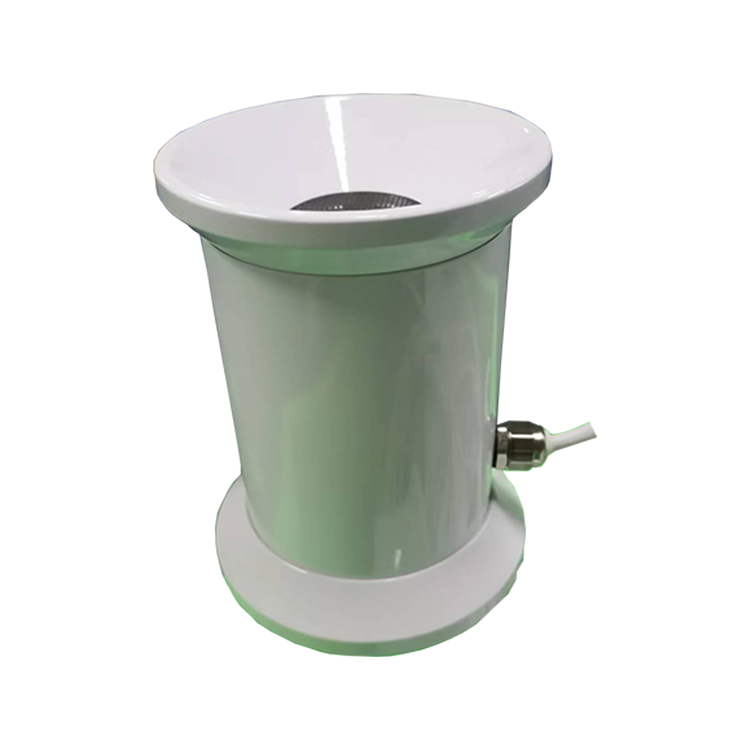 | 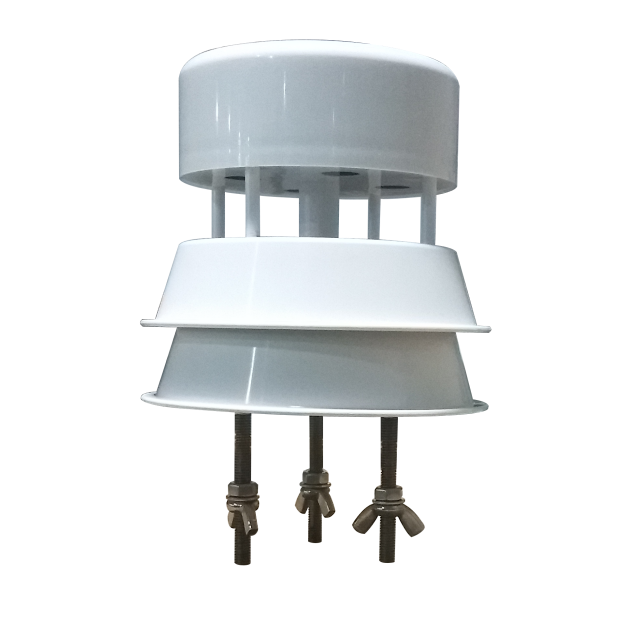 | 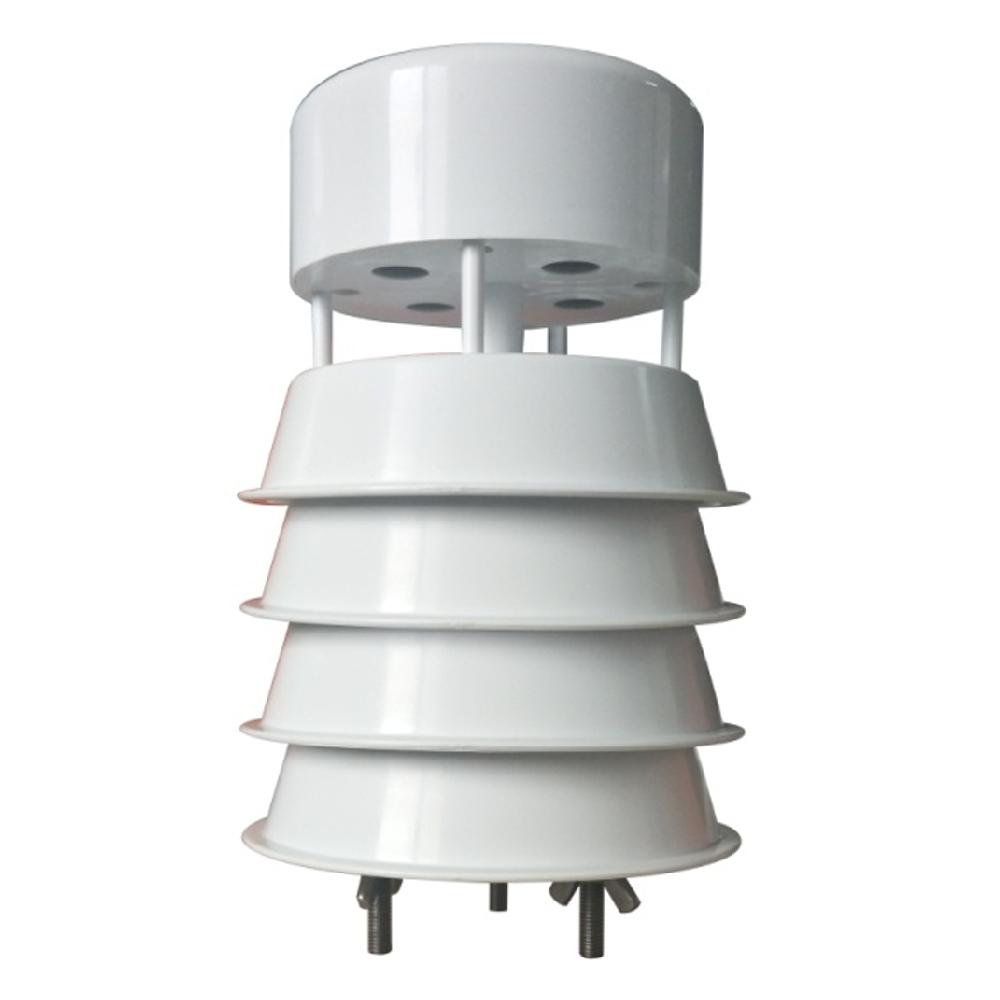 | 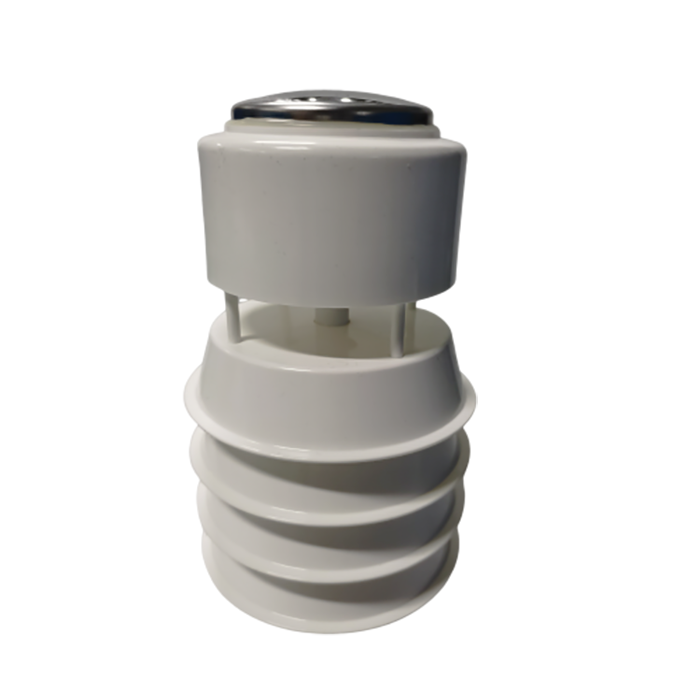 | 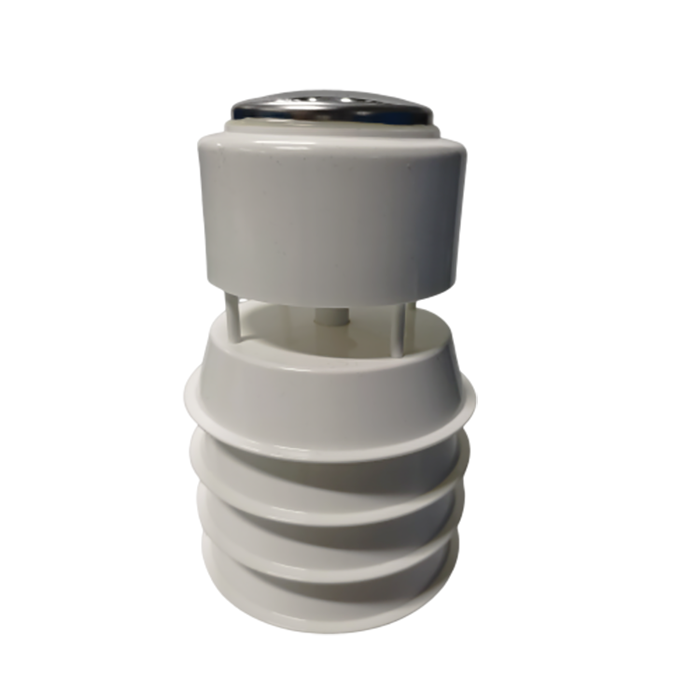 |
| Ultrasonic Snow Depth Sensor | ultrasonic wind speed and direction sensor | 5 in1 Ultrasonic Weather Station Sensor | 6 in1 Ultrasonic Weather Station Sensor | 7 in1 Ultrasonic Weather Station Sensor |
The main components of the ultrasonic weather station include ultrasonic transducer, control unit, data acquisition system and so on. The ultrasonic transducer is responsible for transmitting and receiving ultrasonic pulses, the control unit is responsible for processing data, and the data acquisition system is responsible for outputting or transmitting data to other systems.
The principle of ultrasonic weather station is based on the ultrasonic probe, which calculates the wind speed and direction by measuring the time difference of ultrasonic wave propagation in the air. In a windless environment, the ultrasonic waves emitted from each probe take the same time to reach the opposite probe; when there is wind, the wind affects the time of ultrasonic waves to reach the opposite probe, and by calculating the difference in ultrasonic transmission time between the probes, the wind speed and direction at that time can be calculated.
Ultrasonic weather station ultrasonic weather station is a new type of meteorological observation instrument, compared with the traditional meteorological observation instrument, has the following advantages:
1. high accuracy: ultrasonic weather stations use ultrasonic ranging technology, which can achieve high accuracy in wind speed measurement, and also measure meteorological parameters such as wind direction, temperature and humidity.
2. No mechanical moving parts: Traditional anemometers rely on mechanical parts to measure wind speed, which are prone to wear and require maintenance. Ultrasonic weather stations, on the other hand, transmit and receive ultrasonic pulses through ultrasonic transducers, eliminating the need for mechanical moving parts and reducing mechanical wear and tear and failure rates, resulting in a longer service life and lower maintenance requirements.
3. Strong adaptability: ultrasonic weather station can work normally under extreme weather conditions, including high temperature, low temperature, high humidity, strong winds and other environments, and its stability is good, and it can provide reliable meteorological data in a variety of environments.
4. Fast response: ultrasonic weather station can respond quickly to changes in meteorological conditions and provide instant meteorological data, which is especially important for meteorological monitoring activities that require rapid response.
5. strong anti-interference ability: due to the short wavelength of ultrasonic waves, is not easy to be affected by atmospheric turbulence and other impurities in the interference, can be in a complex environment to maintain the stability of the measurement data.
6. Easy to install and maintain: the ultrasonic weather station adopts a modular design, small size, light weight, easy to install, can be quickly arranged in the need to monitor the location. At the same time, its maintenance is also relatively simple, reducing maintenance costs and time.
7. Multi-parameter Measurement: Ultrasonic weather station can not only measure wind speed and direction, but also can measure air temperature, humidity, atmospheric pressure and other meteorological parameters at the same time. This multi-parameter measurement function makes the ultrasonic weather station can be more comprehensive understanding of meteorological conditions, to provide more comprehensive data support for related fields.
8. Real-time online monitoring: ultrasonic weather station can achieve 24-hour outdoor meteorological parameters of online monitoring, and through the digital communication interface will be a one-time parameter output to the user. This allows users to understand the weather conditions in real time, providing timely and accurate data support for decision-making.
Ultrasonic weather station is suitable for a variety of scenarios, mainly including the following aspects:
1. Agriculture: installing ultrasonic weather station in farmland can observe the temperature, humidity, wind speed and other information in a timely manner, which can help farmers better understand the weather changes, choose the right planting time, and improve the yield and quality of crops. At the same time, it also helps farmers to do a good job of crop management and disaster prevention and mitigation.
2. Urban planning and construction: By observing the wind speed and direction and other meteorological conditions in the city, ultrasonic weather stations can help planners to better design the orientation and height of buildings, so as to achieve better ventilation and choose the right construction plan to improve the city's ability to resist disasters.
3. The construction of wind farms: in wind farms, the observation of wind speed and direction is very important, because it can help engineers to determine the best location and orientation of the wind turbine, so as to improve the efficiency of wind power generation. Ultrasonic weather station can exactly meet this need.
4. Weather forecasting: ultrasonic weather station can be used for weather forecasting, so that we can more accurately understand the weather conditions and take precautions in advance.
5. Environmental monitoring: ultrasonic weather station can also monitor air quality, noise and other environmental indicators, to provide data support for ecological environmental protection.
6. Traffic meteorological services: traffic management departments can use ultrasonic weather stations to monitor real-time road meteorological conditions, such as visibility, road surface temperature, humidity, etc., to provide protection for traffic safety.
7. Energy development and use: ultrasonic weather station equipment can provide solar energy, wind energy and other renewable energy monitoring and evaluation data, providing a scientific basis for energy development. At the same time, it can also monitor the operation of the power grid, for power transmission and distribution to provide security.

To sum up the above ultrasonic weather station due to its high precision, fast response, good stability, multi-parameter measurement, fast response, easy to install and maintain and other characteristics, in agriculture, forestry, urban planning, wind farms, meteorological forecasting, environmental protection monitoring, transport meteorological services, oceans, airports, harbours, scientific investigation, campus education, as well as energy development and use of a number of fields have a wide range of applications, to provide the relevant fields with Accurate and timely meteorological data support.
Related recommendations
Sensors & Weather Stations Catalog
Agriculture Sensors and Weather Stations Catalog-NiuBoL.pdf
Weather Stations Catalog-NiuBoL.pdf
Related products
 Combined air temperature and relative humidity sensor
Combined air temperature and relative humidity sensor Soil Moisture Temperature sensor for irrigation
Soil Moisture Temperature sensor for irrigation Soil pH sensor RS485 soil Testing instrument soil ph meter for agriculture
Soil pH sensor RS485 soil Testing instrument soil ph meter for agriculture Wind Speed sensor Output Modbus/RS485/Analog/0-5V/4-20mA
Wind Speed sensor Output Modbus/RS485/Analog/0-5V/4-20mA Tipping bucket rain gauge for weather monitoring auto rainfall sensor RS485/Outdoor/stainless steel
Tipping bucket rain gauge for weather monitoring auto rainfall sensor RS485/Outdoor/stainless steel Pyranometer Solar Radiation Sensor 4-20mA/RS485
Pyranometer Solar Radiation Sensor 4-20mA/RS485
Screenshot, WhatsApp to identify the QR code
WhatsApp number:+8615367865107
(Click on WhatsApp to copy and add friends)